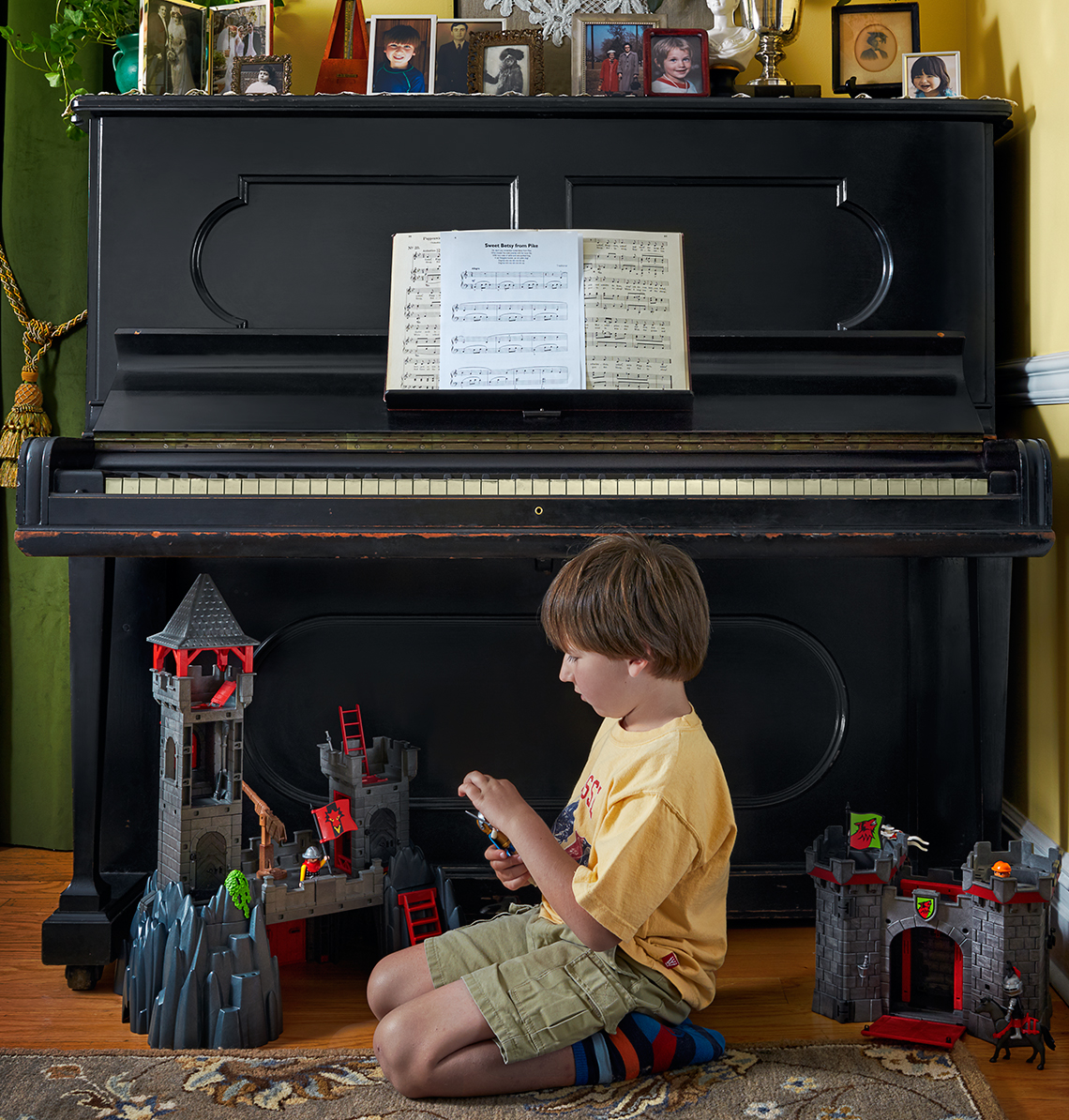Staying Fit
In the early 1960s, my wife’s parents bought a used Steinway piano for their Manhattan apartment. It was black, upright, resonant and of good vintage, having been manufactured in 1890. My wife and her sister took lessons on it as children, but neither grew up to be piano players. Mostly, the piano displayed photos for the next four decades. On occasion, their stepdad would raise the keyboard cover to croon the one song he knew, “Sweet Betsy From Pike.” But otherwise, the piano led a quiet, calm life.
Then the piano migrated to our home. Our two sons took lessons on it, too. When tuners would visit, they would end their work by playing a little Chopin or Bach, no doubt a calculated reminder of what a glorious musical instrument it is — a fact not well revealed by an 8-year-old begrudgingly learning C and A minor chords (or an 80-year-old visitor still singing “Sweet Betsy From Pike”). Once again, neither child became a piano player.


AARP Membership— $12 for your first year when you sign up for Automatic Renewal
Get instant access to members-only products and hundreds of discounts, a free second membership, and a subscription to AARP the Magazine.
Now it is 2017, the boys are off to college, and my wife and I are moving, so it is time to say goodbye to this too-silent, 400-pound friend. Emotionally, it was a tough decision, but we figured that finding a new home for a vintage Steinway would be easy and provide some solace. How wrong we were. This past summer we joined the legions of Americans singing the old piano blues.
For much of the 20th century, most every self-respecting home in America had a piano. It was the home entertainment system long before the era of electronics; families would play and sing together, or listen to their children’s recitals. The peak year for piano sales was 1909, when Americans bought 364,500 new models. Sales stayed high until the Depression and World War II years, but once the late ’40s arrived, piano sales grew strong and steady again for the next 30 years.


































































